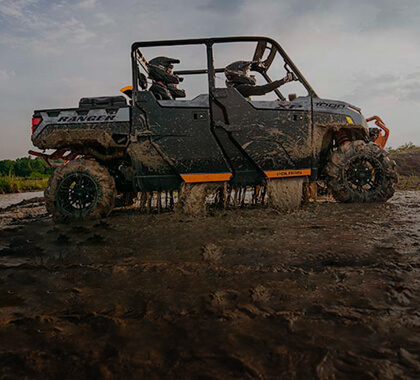If you think that you’re blowing through brake pads unusually fast -- especially if you’re running the stronger brass brake pads -- you might have a warranty claim for a caliper problem. If your brake caliper isn’t releasing properly, it can get hung up, engaging the pad and wearing down both parts in the process. To fix this, try to apply the brakes hard a few times with the pads in place and check the calipers, they should wobble a little bit, which means they are releasing properly. If they don’t have any wiggle room, then the slides could be hanging up, the boots could be torn and letting dirt in, the adjuster screw could be set too tight, or your master cylinder/brake pedal may not be returning all the way. You can replace the drilled rotors with solid rotors and throw on some new pads from Race Driven. And if this still doesn’t solve the problem with your General’s brakes, give us a call and we’ll see if we can’t dig in further to identify a solution.






